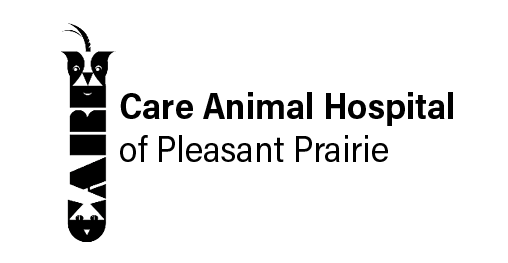Library
-
Prazosin is given by mouth and is used to reduce urinary sphincter tone to relax the bladder and allow easier urination in dogs and cats. It may also be used as a treatment for congestive heart failure, systemic hypertension, or pulmonary hypertension in dogs. Give as directed. Common side effects include lethargy, vomiting, diarrhea, nausea, and constipation. This medication should be used with caution in pets with kidney disease or other conditions that cause low blood pressure, as well as in MDR1-positive dogs. If a negative reaction occurs, contact your veterinarian.
-
Pre-surgical testing is the best way to minimize anesthetic risks and ensure good surgical outcomes. Pre-anesthetic testing consists of, at minimum, a full physical examination and may include complete blood count (CBC), serum biochemistry, urinalysis, radiographs, EKG, or more advanced testing. The results of pre-surgical testing are used to formulate the safest anesthetic plan for your pet.
-
Preanesthetic bloodwork is an important step in the evaluation of pets undergoing anesthesia or surgical procedures. Bloodwork can help diagnose a variety of internal disorders, many of which could negatively affect your pet's anesthetic and surgical safety. By diagnosing and treating any underlying medical disorders before surgery/anesthesia, your veterinarian can make anesthesia as safe as possible for your pet.
-
Prednisolone ophthalmic is a topical steroid medication used to treat inflammatory eye conditions in cats, dogs, and other animals. Prednisolone ophthalmic is available as a sole agent or in combination with antimicrobials. It may be used “off label” or “extra label” to treat other eye conditions. Prednisolone ophthalmic comes in ointment and liquid drop form. Avoid use in animals with viral or fungal infections, corneal ulceration, and birds.
-
Prednisone/prednisolone is given by mouth or injection and is used on and off label to treat Addison’s disease, inflammatory conditions, neoplasia (cancer), and immune-mediated diseases. Give this medication as directed by your veterinarian. Common side effects include increased drinking, increased urination, and increased appetite. Do not use in pets that are allergic to it, or pets with systemic fungal infections, viral infections, ulcers, tuberculosis, or Cushing’s disease. If a negative reaction occurs, please call your veterinary office.
-
Pregabalin (brand name Lyrica®), is an anticonvulsant and neuropathic pain medication. It is used to treat refractory or complex partial seizures and chronic neuropathic pain in small animals. It has been used to treat other types of pain in cats and dogs. It is used "off label" or "extra label" in animals. Pregabalin comes in capsule or liquid suspension form.
-
Breeding cats can be an extremely rewarding experience. However, before undertaking a breeding program, it is essential to understand what this involves, from the time of mating to the time of weaning. Pregnancy or gestation ranges from 60-67 days, averaging 63-65 days.
-
Although uncommon, cats and dogs are at risk for several diseases during the two months of their pregnancy. Pre-eclampsia occurs if the mothers cannot keep up with the demand for calcium to produce bones and milk. Gestational diabetes can occur due to high concentrations of hormones and result in increased drinking, urination, inappropriate weight loss and lethargy. Mastitis is a bacterial infection of one or more mammary glands that is contracted either through the blood (sepsis) or from the external environment from unsanitary conditions and/or injury from babies’ teeth or nails. Retained placentas can occur and will result in lethargy, pyrexia and abnormal vulvar discharge. Be aware of the signs, symptoms and management for all four conditions.
-
Telemedicine is the act of practicing medicine from a distance and your appointment will be conducted by a licensed veterinarian. Before your appointment, gather information on your pet’s history and your current concern. Look at a calendar and write down a timeline of your pet’s problems. Be prepared to answer questions that you would normally be asked at an in-person appointment. Write notes to help you remember everything. Most telemedicine appointments involve the use of some type of video chat. Conduct your visit in a quiet area with good lighting and have your pet with you before the call starts. Not all concerns can be addressed through telemedicine. If your veterinarian is unable to arrive at a diagnosis via telemedicine, he or she can help you determine the next step for your pet to ensure that he or she receives optimal care.
-
Preparing your cat to travel to the vet is one of the most important investments you can make during the lifespan of your cat. Cats should visit the veterinary hospital at least once yearly. The smoother the experience goes, the least amount of stress both you and your cat will experience.


